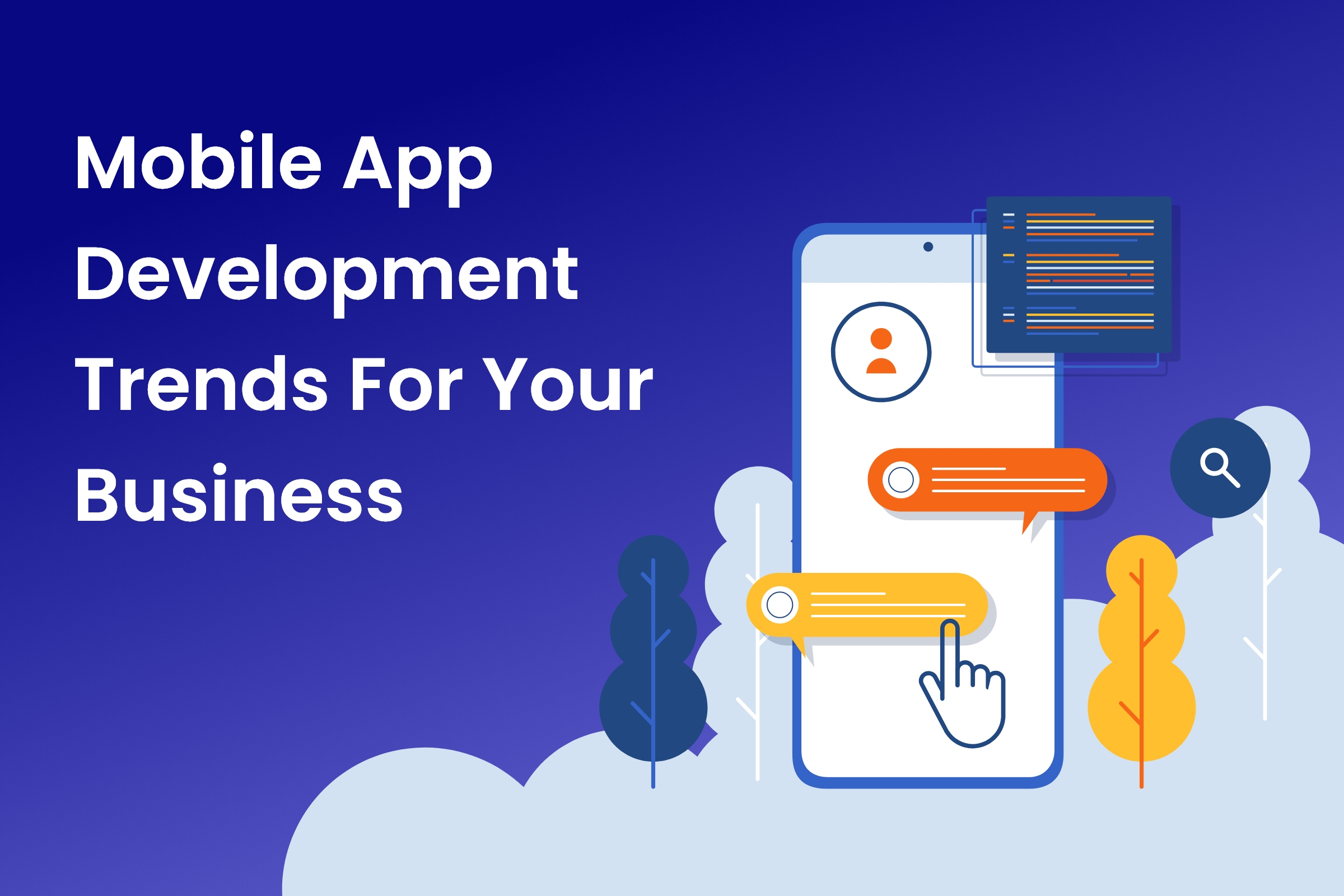The mobile app development industry has rapidly expanded in recent years and is now a significant driver of business growth. Mobile app development company trends in 2023 will revolutionize how businesses interact with customers and manage their operations. As technology evolves, companies are starting to realize the importance of having a mobile app presence. With an increase in mobile users, businesses must be able to keep up with the ever-changing mobile app development trends.
A mobile app development company can help businesses stay ahead of the competition by providing an array of services that can be tailored to suit their needs. By utilizing the latest tools and technologies, mobile app developers can create intuitive and user-friendly applications that fit the requirements of both users and organizations.
Technology developers are creating app-building tools to assist startups in constructing web, mobile, on-demand, IoT, and many other types of apps. The research makes a strong prediction that the size of the mobile application industry will reach an astounding $542.80 billion by 2026! With the incredible potential for growth between 2022 and 2026 due to its CAGR (Compound Annual Growth Rate) estimated at 6.58%, it’s no surprise this sector continues to flourish day after day!
Our list of the top application development trends for 2023 will help keep your company current and competitive. Take advantage of staying at the forefront of this ever-evolving industry.
Top Mobile App Development Trends 2023
1. Virtual Reality
Embrace the thrilling world of virtual reality! Immerse yourself in a captivating, hyper-realistic experience and interact with your environment like never before. VR is swiftly becoming one of the leading forms of entertainment and gaming, so take advantage of this revolutionary technology.
As virtual reality technology advances, healthcare, education, and training are only the beginning of how this innovative tool can be applied. We may soon see a surge in innovative VR applications that we could never have imagined!
If you are familiar with the realm of technology, then it’s likely that virtual reality (VR) is not a foreign concept to you. As iOS and Android continue to make strides in their development, incorporating VR into mobile trends has become increasingly popular. Mobile device performance continues to improve, as well as any related hardware for use in such activities – like headsets!
2. Low-Code/No-Code platform
Low-code/no-code platforms are web applications allowing users to rapidly construct mobile and web apps with minimal coding. These solutions provide an array of features that include drag-and-drop user interface design, ready-to-use templates, customization capabilities, and more.
Low-code/no-code platform solutions are especially beneficial for businesses seeking to build mobile apps quickly and efficiently. This technology allows developers to create a fully functional application without in-depth coding knowledge. Low-code/no-code platforms benefit startups and small businesses that want to make their mark on the app development industry without breaking the bank.
3. 5G Network
The fifth generation of mobile broadband, or 5G, promises exceptionally low latency, larger bandwidth capacity, and rapid download speeds. Mobile device users are eager to get their hands on this revolutionary network as it provides faster speeds than the 4G LTE network and can handle more data-intensive tasks.
The 5G network will significantly impact the mobile application industry, enabling more developers to create faster, more efficient applications. 5G technology is also expected to open up a world of possibilities for augmented and virtual reality experiences, allowing mobile users to experience these groundbreaking technologies in unprecedented ways.
Also, with an increased bandwidth capacity, low latency can be achieved – creating a smoother, more seamless experience when using mobile apps. 5G technology is the future, and developers must stay ahead of the curve!
4. Wearables
Don’t get left behind in the fast-paced wearable tech industry! Take a step ahead of your competitors and develop an application for wearables such as watches, smart rings, fitness trackers, smart clothing, or even implantable devices that offer incredible user experiences. The sector has experienced dramatic growth over recent years with no signs of slowing down anytime soon.
Wearable applications provide users with quick, convenient solutions tailored to their needs and make their day-to-day lives easier. As these technologies become more sophisticated, wearables will only continue to gain traction as a powerful way for developers to engage customers through innovative solutions.
5. On-demand delivery applications
On-demand delivery applications have become a popular way to access services quickly and conveniently. These apps enable users to order anything from food, groceries, or clothing with the simple click of a button – right at their fingertips.
Developers should take advantage of this booming industry and create products that fit this growing trend. On-demand delivery apps provide unique opportunities for users to save time and money and connect with local businesses more efficiently. Developers can also explore ways to optimize the user experience by incorporating features such as payment options, order tracking, and customer service support.
6. Better & Robust Security
When developing a mobile app, security should always be a priority. As mobile applications become increasingly popular, cybercriminals are looking for ways to exploit them to steal personal data or commit other malicious activities.
Therefore, developers need to ensure that they take all the necessary steps to protect their users’ data and prevent any security breaches from occurring. This includes implementing robust authentication systems, such as two-factor authentication, and encrypting data to protect it from unauthorized access. Additionally, developers should stay updated on the latest security threats and trends to ensure their applications are safe and secure.
Overall, keeping users’ data secure is of utmost importance when developing a mobile application – and developers must recognize this to ensure their users’ safety and privacy.
7. Voice technology
Voice technology is quickly becoming the preferred way for users to interact with their devices. Speech recognition and natural language processing are two of the most popular voice technologies used in applications today.
These mobile app development services technologies enable users to communicate with a device using only their voice, eliminating the need to type commands or use other input methods. Developers should take advantage of this technology and create applications that can respond to natural language commands – such as ordering food, playing music, or making reservations.
Voice technology is also being used in more sophisticated ways, such as creating conversational user interfaces that enable users to have a more natural conversation with their devices. Developers should explore these opportunities and create engaging voice-based applications for their users.
Summary
Crafting a viable mobile app is an intricate pursuit that requires exhaustive research. One sure-fire tactic is investigating current trends in mobile application development to determine the right tech stack and desired capabilities to implement.
By understanding the latest technologies and exploring how they can be used to create innovative solutions, developers are in a better position to provide their users with an engaging and convenient experience. Wearable applications, on-demand delivery apps, robust security measures, and voice technology are just some of the many mobile app development services trends driving the mobile app development industry forward – and developers should take advantage of these trends if they want to create unique and successful applications.

